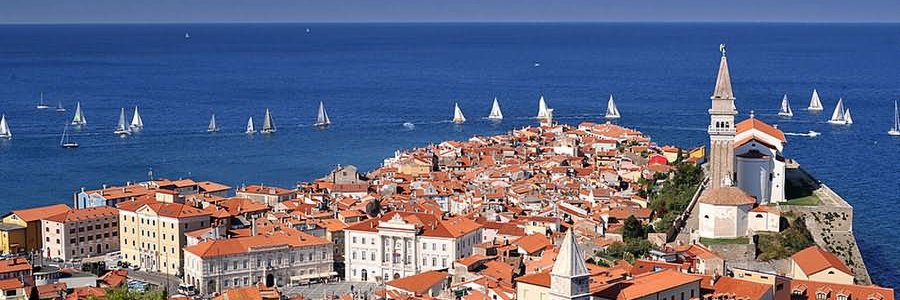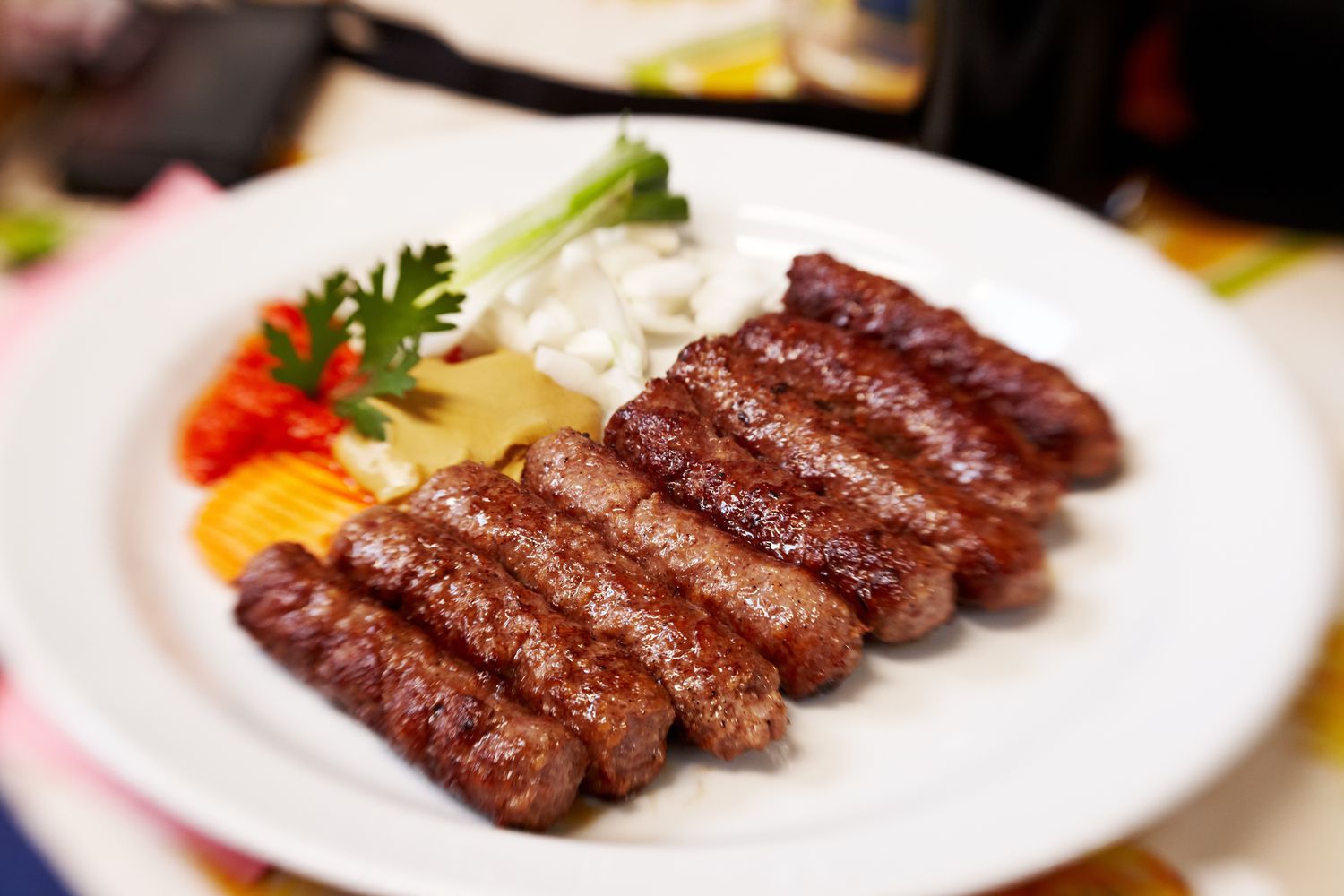Slovenia travel tips
Slovenia travel tips: Alpine beauty, green landscapes, charming lakes, and historic towns. A small European gem with diverse culture and friendly locals.
Regions 🌎
Slovenia travel tips. Here is a list of all the regions of the Slovenia.

Obalno-kraška

Gorenjska

Osrednjeslovenska

Pomurje

Dolenjska and Bela Krajina

Koroška

Notranjska

Posavje

Osrednjeslovenska

Podravska

Savinjska

Zasavska

Goriška
Before you go 🛩
Important information you should know before your trip
Info

Capital | Ljubljana
Flag Codes:
ISO alpha-2 SI,
ISO alpha-3 SVN
Currency
Badge | Euro
CODE | EUR
NUMBER | 978
SYMBOL | €
FRACTION | Penny
Mobile Coverage
Dialing Code | +386
SIM Card
Coverage | 3G / 4G / 5G |
Mobile Networks | A1 Mobile | T-2 Mobilee | Telekom Mobile | Telemach Mobile |

Location
Slovenia is a country located in Central Europe. It is bordered by Austria to the north, Hungary to the northeast, Croatia to the southeast and south, and Italy to the west. Slovenia also has a small coastline along the Adriatic Sea, making it the only country in the region with direct access to the sea.
The geographic coordinates of the capital city, Ljubljana, which is located near the center of the country, are approximately: Latitude: 46.0569° N | Longitude: 14.5058° E.
Slovenia’s diverse geography includes the Julian Alps in the northwest, lowlands and plains in the central and eastern parts, and a small strip of coastline along the Adriatic Sea in the southwest. It’s known for its beautiful landscapes, including mountains, lakes, forests, and historic towns.
Currency
The currency of Slovenia is the Euro (EUR).
Languages
The official and main language of Slovenia is Slovenian. It is spoken by the vast majority of the population and is used in education, the media, literature and daily life.
In addition to Slovenian, other languages are also spoken in Slovenia, such as Italian and Hungarian, especially in the border regions where these languages have minority protection status. There are also minorities that speak Serbian, Croatian and Bosnian.
Climate 🌡
Slovenia experiences a variety of climate types due to its geographical diversity, with influences from the Mediterranean, Continental, and Alpine climates. The country’s relatively small size means that these climate types can be experienced within relatively short distances. Here are the main climate zones found in Slovenia:
Mediterranean Climate (Adriatic Coast):
This climate zone is found along the narrow strip of Slovenia’s coastline along the Adriatic Sea.
It features hot, dry summers and mild, wet winters.
Average temperatures range from around 25°C (77°F) in summer to 5°C (41°F) in winter.
Precipitation is higher during the colder months, with drier summers.
Cities like Koper, Izola, and Piran experience this type of climate.
Continental Climate (Central and Eastern Slovenia):
The central and eastern parts of Slovenia have a continental climate, characterized by distinct seasons.
Summers are warm to hot, with average temperatures around 20-25°C (68-77°F).
Winters are cold, with average temperatures ranging from -2 to 2°C (28-36°F).
Precipitation is distributed fairly evenly throughout the year.
Ljubljana, the capital, and other cities like Maribor and Celje experience this climate.
Alpine Climate (Northwestern Slovenia):
The Alpine climate is prevalent in the mountainous regions of the Julian Alps.
Summers are cool and short, with average temperatures around 15-20°C (59-68°F).
Winters are cold and snowy, with average temperatures below freezing.
Precipitation is relatively high throughout the year, with more snowfall in winter.
Towns such as Bled and Kranjska Gora, located in the Alpine region, have this climate.
Karst Climate (Karst Plateau):
The Karst region, characterized by limestone landscapes, has a specific climate with relatively high temperatures in the summer and cool temperatures in the winter.
Summers are hot, with temperatures around 25-30°C (77-86°F).
Winters are mild to cool, with temperatures around 5-10°C (41-50°F).
Precipitation is relatively evenly distributed throughout the year.
The Karst plateau includes towns like Postojna and Divača.
Slovenia travel tips
If you’re planning a trip to Slovenia, here are some travel tips to enhance your experience:
Ljubljana Delights:
Discover the capital, Ljubljana, with its charming old town, vibrant street art, and lively cafes along the Ljubljanica River.
Castle Views:
Climb to medieval castles like Bled Castle for panoramic views of the surroundings.
Adventure Activities:
Engage in outdoor activities like hiking, skiing, and water sports, capitalizing on Slovenia’s diverse terrain.
Bicycle-Friendly:
Embrace Slovenia’s bike-friendly atmosphere with numerous cycling trails amidst picturesque landscapes.
Transportation:
Efficient transport in Slovenia includes well-maintained roads, a reliable rail network, buses, and easy connectivity for seamless exploration. View Guide.
Hidden Gems:
Venture beyond popular spots to discover hidden gems like Kranjska Gora or the Soča Valley.
Seasonal Considerations:
Plan your visit based on preferences—ski in winter, enjoy festivals in summer, or witness autumn’s vibrant colors.
Enjoy your time in Slovenia!

The best of the best
Slovenian cuisine is influenced by its geographical location, history, and neighboring countries. The cuisine varies from region to region, but some dishes are considered traditional across the country.

Potica
A traditional Slovenian dessert, potica is a rolled pastry filled with various sweet fillings, such as walnuts, poppy seeds, tarragon, or cottage cheese.

Štruklji
These are rolled dough dumplings filled with sweet or savory fillings.

Kranjska Klobasa
This is a type of sausage originating from the region of Carniola.
Here are some typical foods of Slovenia:
Idrijski Žlikrofi: These are small dumplings with a potato dough, typically filled with a mixture of herbs, potatoes, and sometimes minced lard. They are a specialty of the town of Idrija.
Jota: A hearty traditional soup or stew made from beans, sauerkraut, and potatoes. It’s often flavored with smoked pork or sausages.
Prekmurska Gibanica: A layered pastry dessert from the Prekmurje region, made with thin dough and filled with poppy seeds, walnuts, cottage cheese, and apples.
Pražen Krompir: Slovenian roasted potatoes, often cooked with onions, herbs, and sometimes bacon, resulting in a flavorful side dish.
Bograč: A rich meat stew with various types of meat (usually pork, beef, and lamb) and vegetables, flavored with paprika and other spices. It’s often associated with the Prekmurje region.
Ričet: A barley stew with various vegetables and often smoked meat or sausages. It’s a comforting dish commonly enjoyed during colder months.
Slovenian Cheeses: Slovenia has a variety of high-quality cheeses, such as Tolminc and Mohant. Tolminc is a hard cheese with different aging stages, while Mohant is a semi-soft cheese with a distinctive aroma.
Buckwheat Dishes: Buckwheat is a staple in Slovenian cuisine and is used to make dishes like buckwheat porridge (ajdova kaša) and buckwheat žganci, which are similar to dumplings.
Slovenian Wine: While not a food, Slovenian wine is worth mentioning. The country has a long tradition of winemaking, and its wine regions produce a variety of high-quality wines.
Keep in mind that Slovenian food reflects its rich cultural heritage and is a wonderful way to experience the country’s traditions and flavors.
Transportation 🚥
More information about this country
Choose your destination 📍🗺
Useful Links ✅



